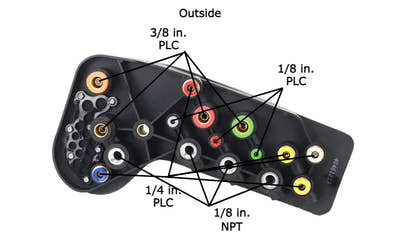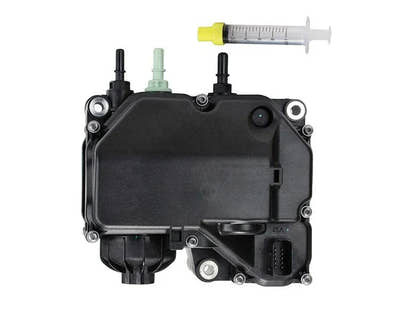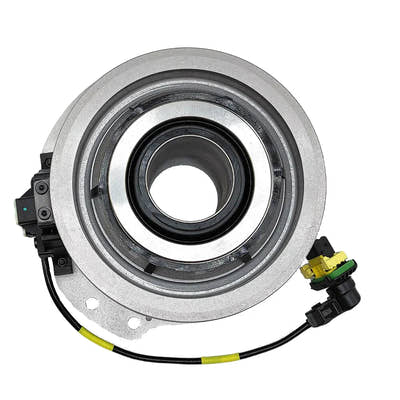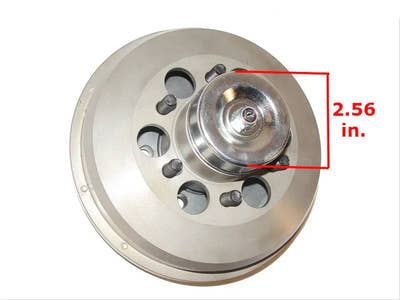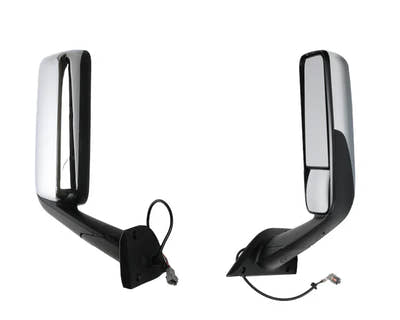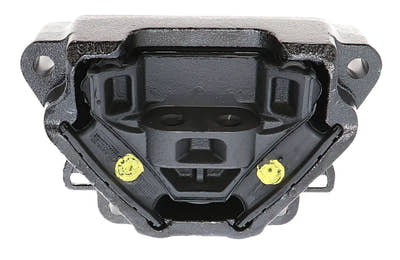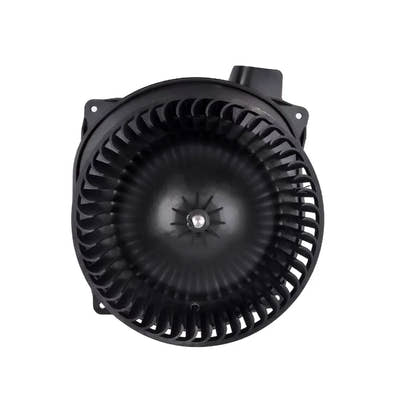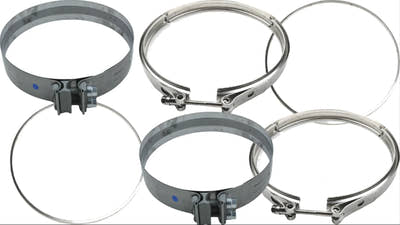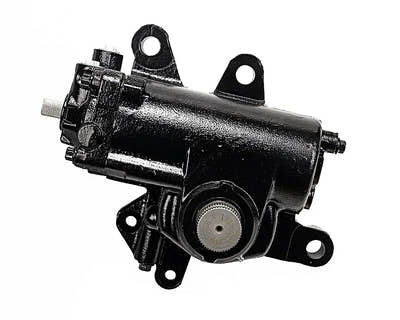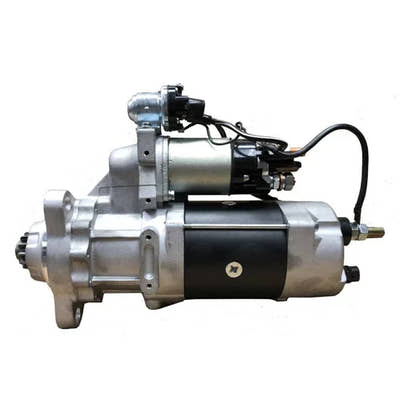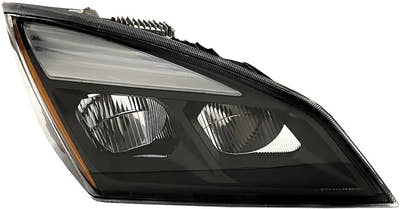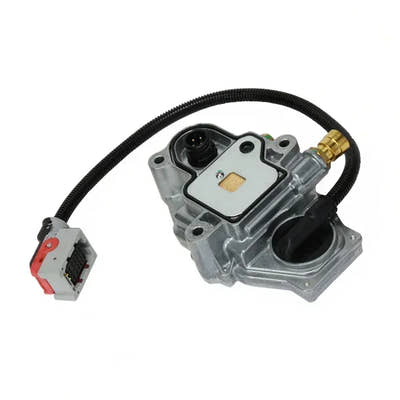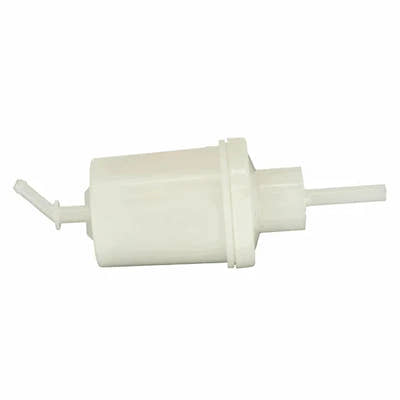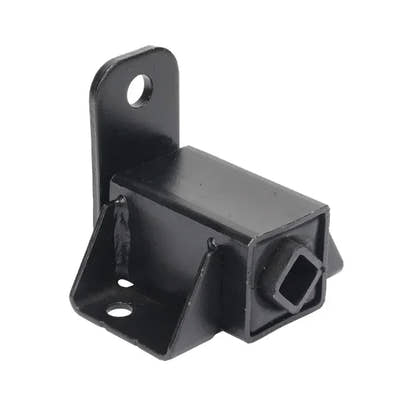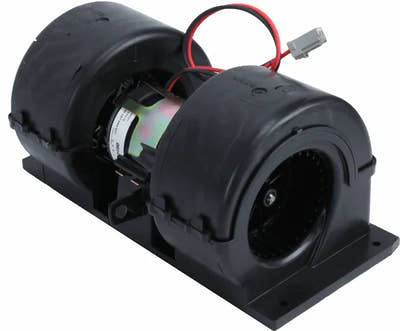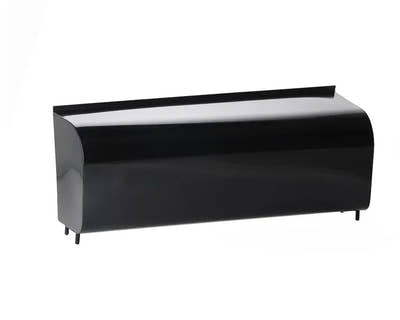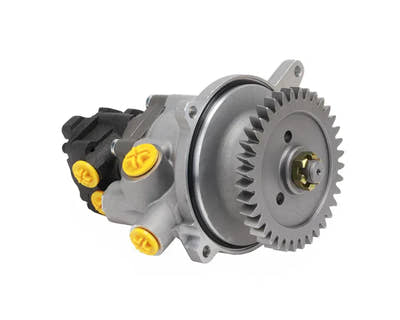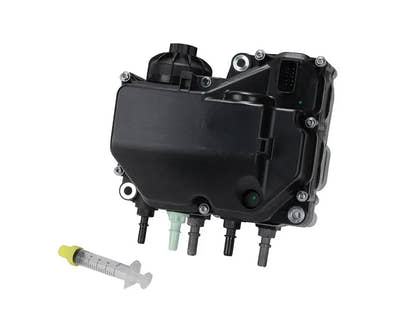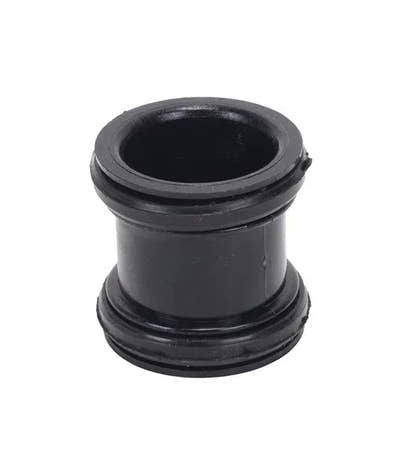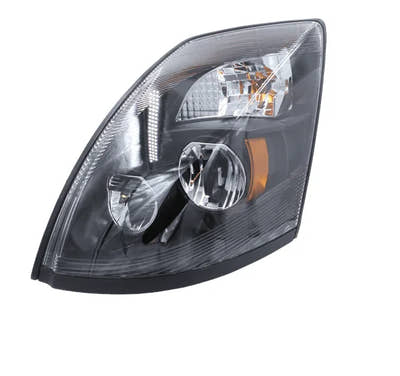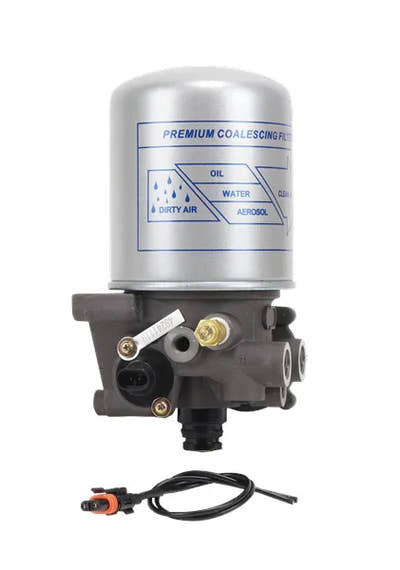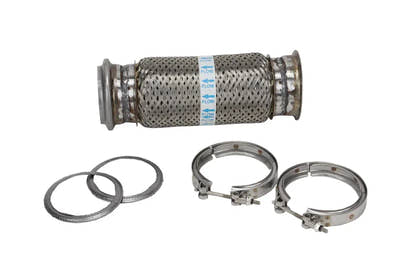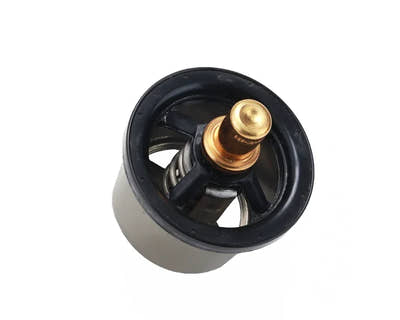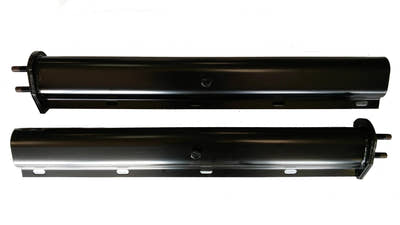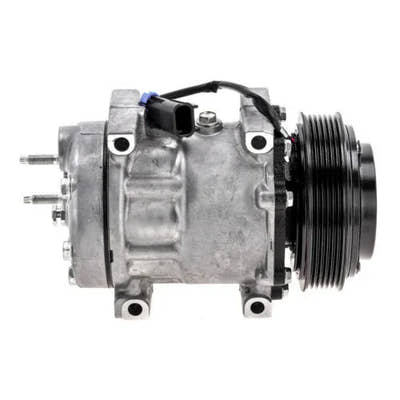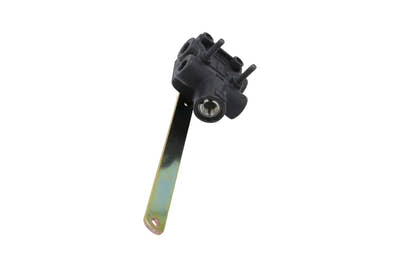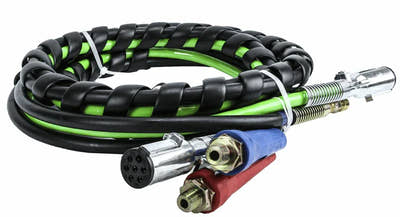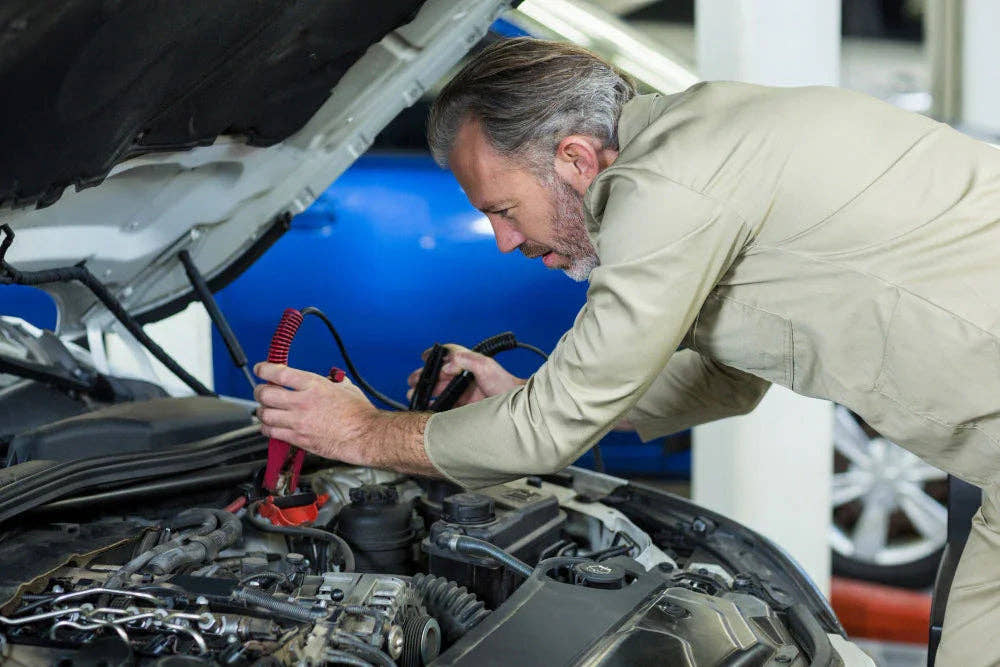
7 Symptoms of a Failing EGR Cooler on your Volvo D13 Engine
A faulty EGR cooler can lead to decreased fuel economy, increased exhaust emissions, and decreased engine performance. In extreme cases, it can even cause the engine to go into a 5mph derate. Here are seven symptoms to watch out for:
If you're looking for an EGR cooler for your Volvo D13 give us a call (872) 240-4144!
Or check out this EGR cooler that we have:
1. Coolant loss and internal coolant leak
- One of the most common symptoms of a failing EGR cooler is coolant loss. This can be caused by a leak in the EGR cooler itself or in the hoses that connect it to the engine.
- In many cases, the coolant loss is internal, which means that you may not see any visible signs of coolant leakage. An internal coolant leak can be caused by a crack in the EGR cooler itself.
- If there is a crack in the EGR cooler, it can also cause exhaust gases to mix with the coolant, causing the coolant reservoir tank to pressurize. This can lead to the coolant spilling out of the overflow.


2. Overheating
- If the EGR cooler is not functioning properly, it can cause the engine to run hot. This can lead to overheating and potential engine damage.
3. Decreased fuel economy
- A faulty EGR cooler can cause the engine to run less efficiently, resulting in decreased fuel economy.
4. Increased exhaust smoke
- A failing EGR cooler can cause an increase in exhaust smoke, particularly white or blue smoke.
Check engine light
- The engine's computer may detect a problem with the EGR cooler and trigger the check engine light. Diagnostic trouble codes (DTCs) related to the EGR system, such as EGR low flow, EGR efficiency, and EGR differential pressure, may be stored in the engine's computer.
5. Decreased performance
- If the EGR cooler is not functioning properly, it can lead to decreased engine performance and power.
6. 5mph derate
- If the EGR cooler becomes plugged with coolant or soot (from age or possibly premature failure), the EGR flow may become so low that the truck cannot complete a regeneration. This can raise the soot level and cause the truck to go into a 5mph derate. It is important to address a failing EGR cooler as soon as possible to avoid this issue.
If you notice any of these symptoms on your Volvo D13 engine, it's important to have the EGR cooler checked and repaired as soon as possible. Ignoring these issues can lead to more serious problems and costly repairs down the line.
If in the case that your EGR cooler is just plugged up with soot, you can read our blog article on: A Step-By-Step Guide to Cleaning the EGR Cooler on a Volvo D13 Engine for some tips and steps on cleaning the EGR cooler, to hopefully save you a few dollars and get you back on the road.
If you're looking for an EGR cooler for your Volvo D13 give us a call (872) 240-4144!
Or check out this EGR cooler that we have:
